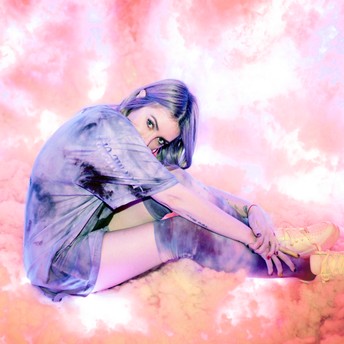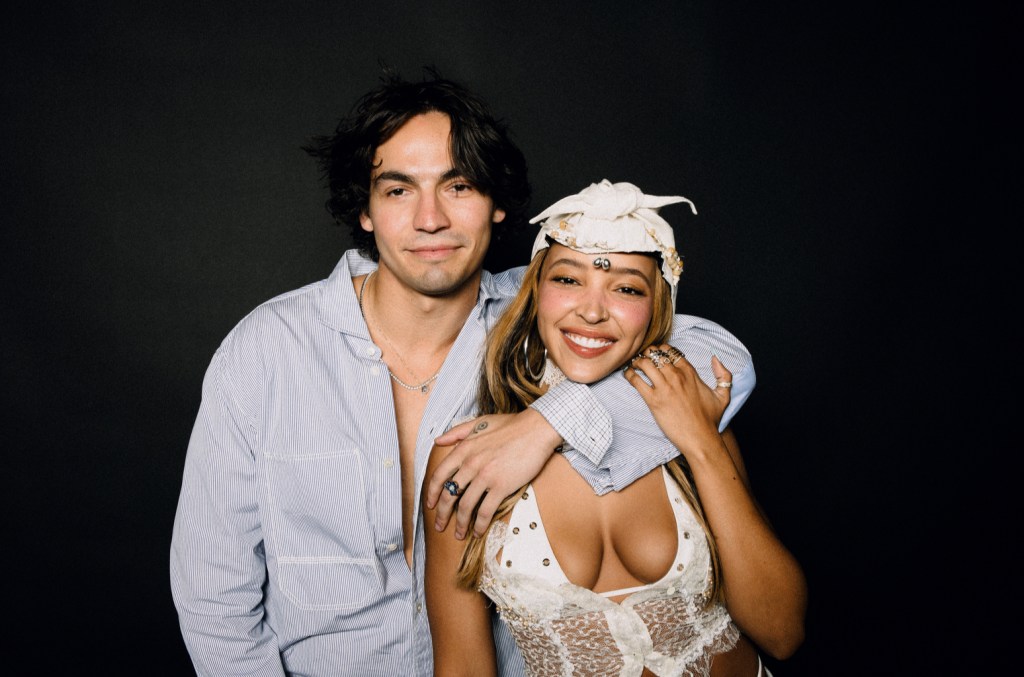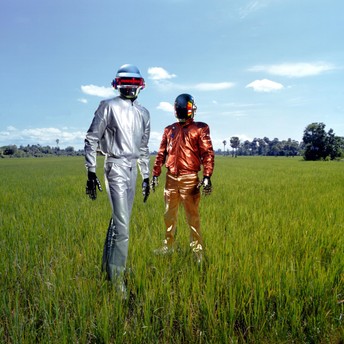genre electronic
Page: 2
Trending on Billboard
Damian Lazarus’ longstanding Day Zero party will debut in Bali in 2026. The Indonesian island’s first edition of the event is set to happy April 17, with the lineup to be announced in the coming months.
The expansion makes an already major year for Day Zero even bigger, as in June Lazarus announced that Day Zero’s first Brazil edition will also happen on Jan. 3 in São Miguel dos Milagres, Brazil, located on the country’s northern coast in the state of Alagoas. Day Zero also returns to its original location in Tulum, Mexico on Jan. 10, 2026 with a lineup featuring Mau P, Seth Troxler, Nicola Cruz, Lazarus himself and many others. The event has happened annually in this location since 2012, taking off in 2018 and 2021.
“There was never a concrete plan for Day Zero beyond our spiritual home in Tulum,” Lazarus tells Billboard of Day Zero’s new editions. “Over the years, however, my team and I have traveled to many far-flung places, exploring new opportunities—often at the invitation of established event producers and promoters. We’ve been deliberate in our expansion, never wanting to rush into anything that didn’t feel completely right for all of us.”
Day Zero Bali will be produced in partnership with the Savaya Group, a production team that puts on dance-focused events in Bali, Jakarta and beyond, and with whom Lazarus crossed paths with during his travels to the island.
“Some years ago, I also began exploring Bali as a potential destination to weave our magic,” he continues. “As I spent more time there, immersing myself in its rich culture, traditions, and cosmic energy, I fell deeply in love with the island. That connection led me to begin a dialogue with the Savaya Group, whom I immediately recognized as the perfect partners to help bring to life the vision I had been nurturing—a spectacular festival set in a truly extraordinary place I discovered.
Lazarus continues that the reason for the two new editions of Day Zero in 2026 is that it “just feels like the correct time to expand, in my soul. The Day Zero team comprises of incredibly talented people who connect in a very special way once a year in Mexico to create an other-worldly experience. We discussed the idea of bringing our love and honorable intentions to other special places and agreed that we were capable of building on what we have created so far; we all heard the call to make this kind of magic in a handful of other places.”
He adds that each site helps inspire the artist he books to play the event, saying that “every location speaks to me in different ways. I have to look at the location and try to imagine what would and would not work in each. I try to create a list of artists whilst walking the site, imagining how we will transform the site and what kind of sound and which kind of artist and personality will shine there.”
He also advises that these will be the only three editions of Day Zero to happen in 2026, given the demands of producing these shows. “We never want to water down our ethics, our care and attention to detail, our sustainability activations, or our performance led, heartfelt connections to mystical indigenous people and traditions.”
Trending on Billboard Electronic music producer Gryffin has returned to WME seven months after making a jump to Wasserman. WME agents Kyle Bandler and Brett Schaffer will represent him in all global territories. A longtime figure in the dance/electronic scene, Gryffin is managed by Myles Shear and Parker Aimers at Palm Tree Management. Shear and […]
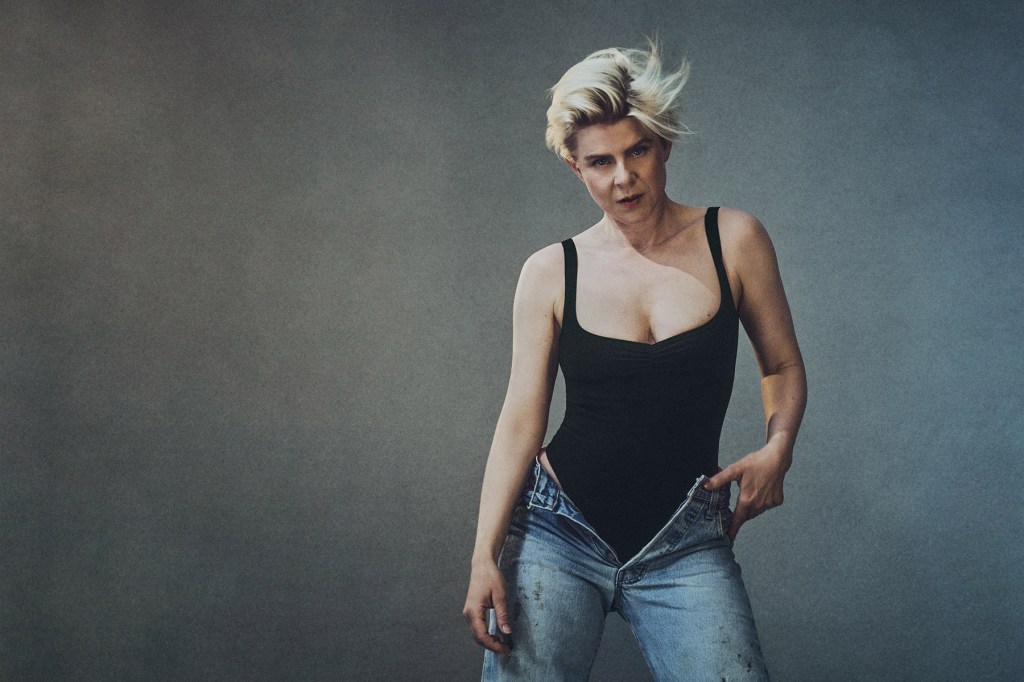
Trending on Billboard Robyn has released her first new single in seven years. Out Wednesday (Nov. 12) via Jamie xx’s Young label, “Dopamine” is a soaring, sparkling and characteristically sophisticated dancefloor anthem. Made with longtime collaborator Klas Åhlund, the track comes with a striking video directed by London-based photographer Marili Andre. Watch and listen below. […]
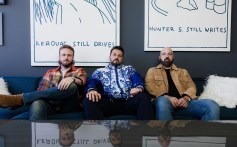
Trending on Billboard
Entertainment management company Milk & Honey Music + Sports has acquired U.K.-based firm Bigfoot Music Management, Milk & Honey tells Billboard.
Under the terms of the deal, Bigfoot is being absorbed by Milk & Honey, meaning the firm will exist entirely under the Milk & Honey banner. As a result, Bigfoot’s current staff will now be part of the Milk & Honey team, and its entire client roster, which includes pioneering electronic producers Adam Beyer and Joris Voorn, will become Milk & Honey management clients. Beyer’s longtime manager, Jeremy Ford, will be senior vp of electronic for Milk & Honey globally and be based in the company’s London offices.
Related
The move further expands the dance/electronic footprint at Milk & Honey, as the company hired longtime music manager Andrew Goldstone as head of electronic music this past March. Goldstone brought manager Taren Smith into the company, along with clients including the dance/electronic artists Kream and Sullivan King.
“As diverse as the Milk & Honey brand is in mainstream music genres, we are equally invested in underground music,” Milk & Honey founder and CEO Lucas Keller tells Billboard. “The company looks after unique talent across all facets of the music business, and this deal with Bigfoot to join Milk & Honey represents a further investment into techno and electronic music which is a top priority for the company. We are very excited to have Jeremy and his team in our UK office and joining the global M&H outfit.”
Over the years, Ford and his team have helped guide and grow international dance brands, including Beyer’s Drumcode label and Voorne’s Netherlands-based house and techno label, Spectrum. Other artists on the Bigfoot roster who will now be represented by Milk & Honey include Juliet Fox, Sarah Story, Sam Wolfe, Simon Patterson and Will Atkinson.
“Over the past three decades, Jeremy Ford and Bigfoot Management have built one of the most respected operations in electronic music,” adds Milk & Honey head of artist management & sports Dave Frank. “From Adam Beyer and Joris Voorn to the iconic Drumcode brand that encompasses record label, events, fashion and globally syndicated radio, their team has played a big role in shaping modern techno and house. We’re thrilled to welcome the Bigfoot team into the Milk & Honey family as we combine our networks, relationships and resources in representing and growing world-class talent who are and will be the global stars that drive our scene into the future.”
“Since its inception, Bigfoot has always championed talented artists who possess authenticity and ambition as well as brands, labels and events that also share a purposeful, global vision,” says Ford. “We’ve always strived to embrace, nurture and develop visionary leaders within the scene. Joining Milk & Honey represents an incredible opportunity for us to expand our reach and strengthen our ability to serve artists in a wider capacity. We share the same values, drive, work ethic and belief in building long-term careers so with this partnership and the fusion of two such talented teams we look forward to an exciting future that will no doubt shine a brighter spotlight on those we represent.”
Trending on Billboard
Alison Wonderland has delivered her latest production: a baby boy.
On Monday (Nov. 10), the electronic producer announced that she’s given birth to her second son, writing “Welcome to earth, Ash West. Baby bro is very chill & loves listening to anything electronic at 140bpm (almost a week old & kid already has taste). s/o to the drs, nurses and the NICU for being awesome.”
The Australia-born, Los Angeles-based producer also shared several photos of herself and her new baby. See the post here. Wonderland and her husband, the filmmaker Ti West, also have another son, Max, who was born in the summer of 2023.
Explore
See latest videos, charts and news
The post’s comments section is naturally a celebratory space, with fellow electronic artists including Anna Lunoe, TroyBoi, Slander, DJ Dave, Diplo, Mary Droppinz and many more expressing their congrats.
Baby Ash is the first of two very big projects Wonderland is dropping in this time period, as the producer’s fourth studio album, Ghost World, is coming Dec. 5. (While it was originally scheduled for an October release, production delay issues pushed the project to December.)
“I am in a completely different part of my life now,” the artist born Alex Sholler told Billboard when announcing the album in August. “I met and married the love of my life and created another life, aka my baby Max. … I really felt free sonically when making [the 2023 albums Genesis made under the Whyte Fang alias.] I realized going back to my roots musically is the only way for this next Alison Wonderland album to feel genuine. I got rid of all the outside voices; I felt like I was letting people dictate my art and my voice.”
Thus far four singles from Ghost World hve been released, “Again? F–k,” “XTC,” “Psycho,” “Get Started” and “iwannaliveinadream.”
Trending on Billboard The nominations for the 68th annual Grammy Awards were announced Friday morning (Nov. 7), with the Recording Academy once again recognizing the dance/electronic genre across four categories: best dance electronic recording, best dance/electronic album, best dance pop recording and best remixed recording. These categories welcome back a list of familiar faces, specifically […]
Trending on Billboard Daft Punk is making contact. As part of the new collaboration with Fortnite, the French duo has released a new video for track “Contact,” the epic closer of its 2013 Grammy-winning album, Random Access Memories. The new animated clip finds the robots careening through space and borrows imagery from Interstella 5555: The 5tory […]

Trending on Billboard This week in dance music: Bunt.’s manager Nick Groff talked about using emerging technology to turn phones back on fans during shows during Billboard’s Live Music Summit in Los Angeles on Monday, Nov. 3. Diplo reflected on his ex Katy Perry and her new boyfriend, the former prime minister of Canada Justin […]
Trending on Billboard The 2026 Grammy nominations were announced Friday (Nov. 7), with the academy once again once again selecting a group of dance/electronic producers across the four dance-focused categories. Skrillex and Kaytranada lead the nominees with two nods each. Skrillex, whose already got nine Grammys to his name, gets the 2026 nods for his […]
Trending on Billboard Dance fans rejoiced this past July when beloved trio Above & Beyond released Bigger Than All of Us, their first entirely electronic studio album in seven years. Released by the group’s longstanding Anjunadeep label, the project came months after the group played a massive set on Coachella’s Outdoor Stage then launched a […]

 State Champ Radio
State Champ Radio 

